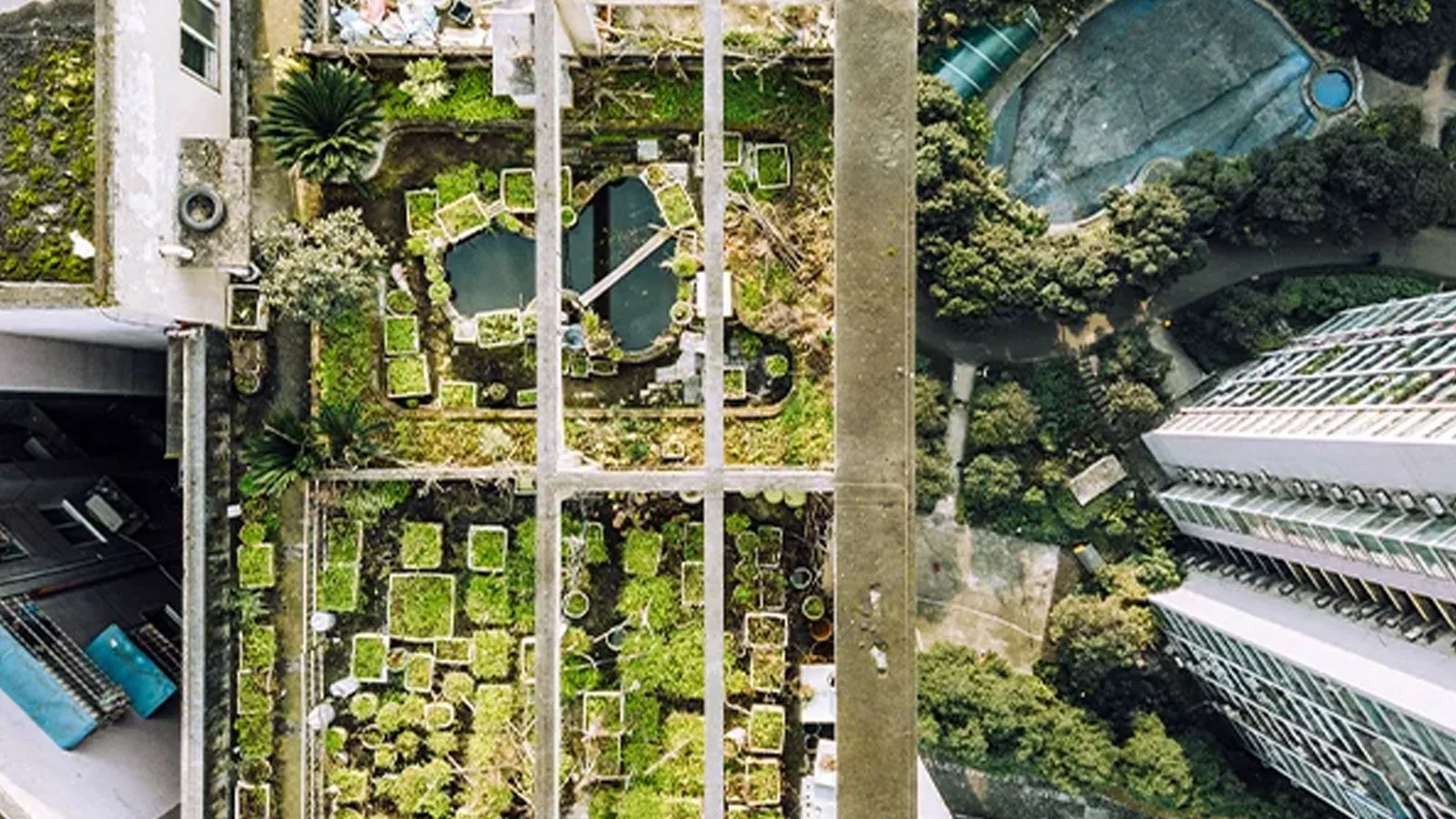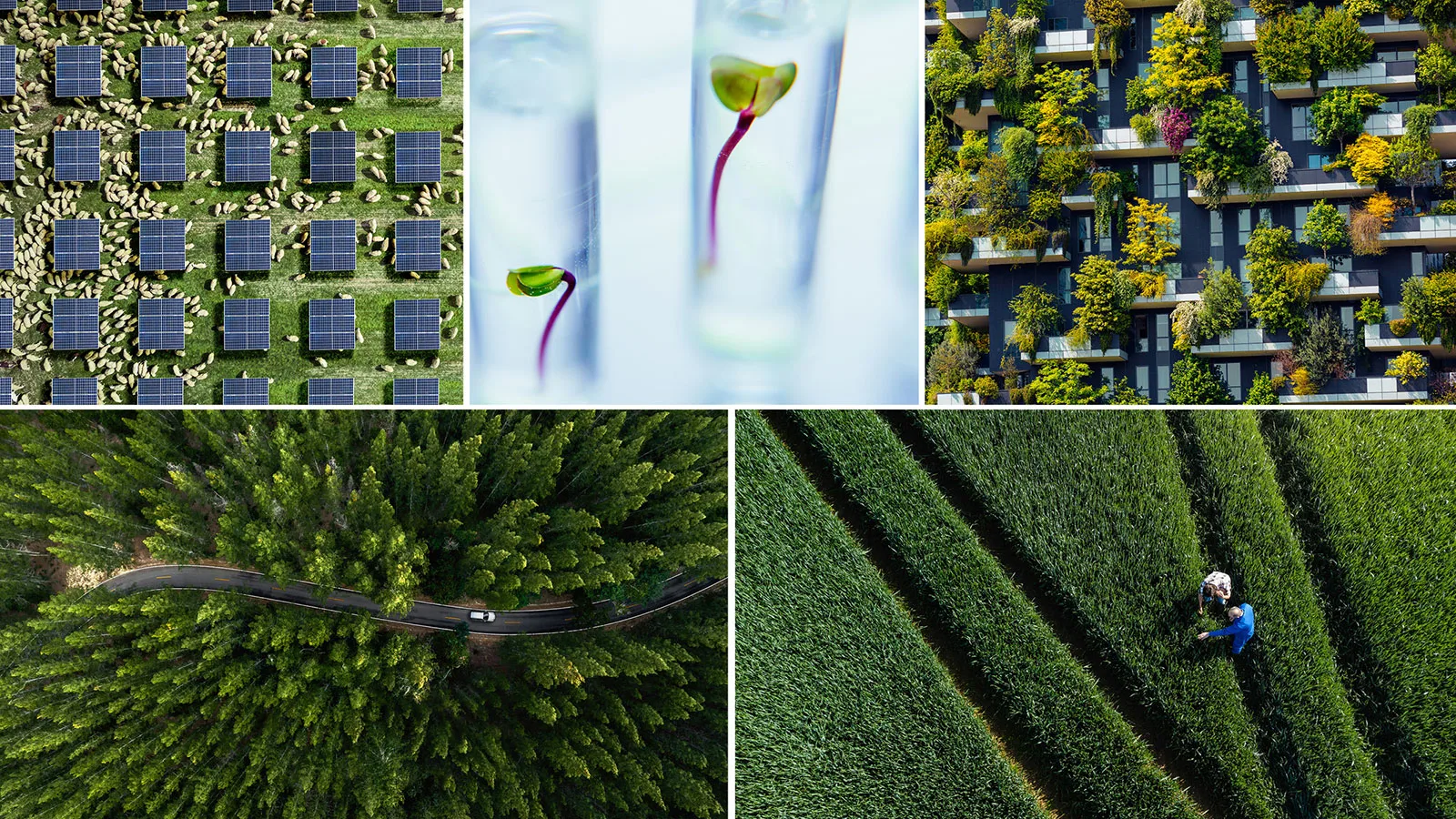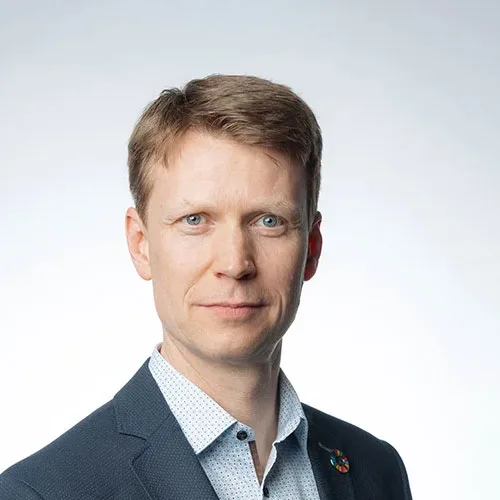Nature is a vital ingredient in ensuring healthy people, healthy business and a healthy planet.
Yet it faces challenges such as mass extinction rates and pressure on land, water, oceans, climate and biodiversity to feed and house 9 billion people by 2050. Our Nature Action work moves the focus to the global commons and the biosphere, ensuring efforts to drive action across government, business, and civil society, including the development of science-based targets, guidance for consistent and credible business actions to nature positive such as high integrity nature-based solutions. We support members and engage and act directly on the fast-moving nature agenda.

Co-created with more than 100 leading companies, 6 service providers, and dozens of external partners, the Nature Action Portal offers a practical, user-friendly resource to help sustainability practitioners navigate the complex landscape in which they operate.
In a few clicks, users can identify the metrics that matter to drive action across their operations and supply chains.


